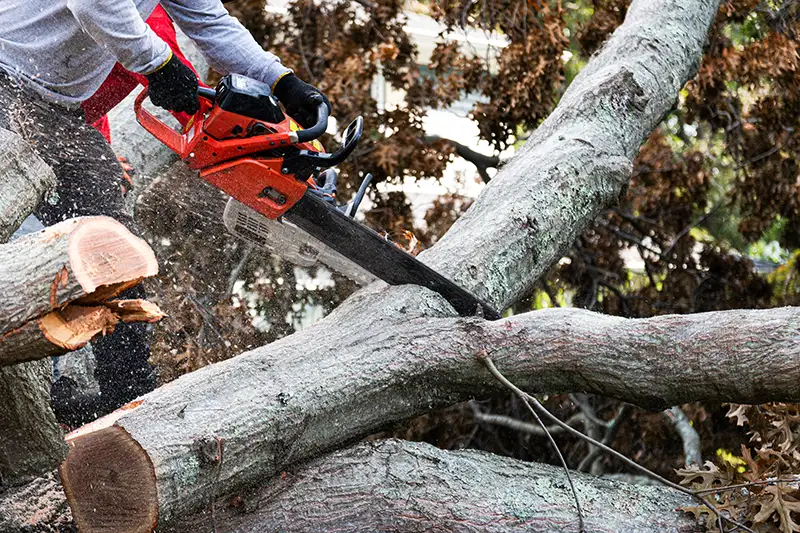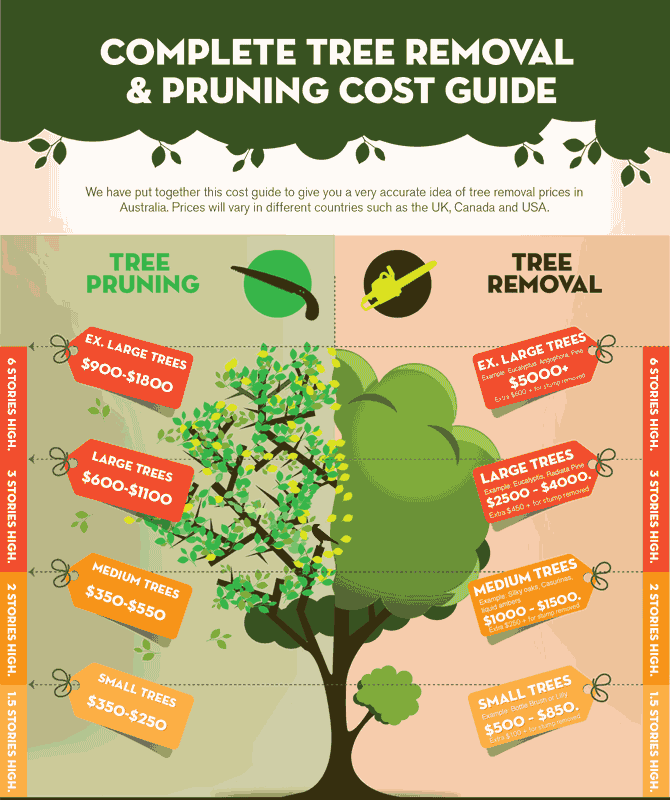Featured
Table of Contents
- – Grandyle Village, NY Tree Clearing Upgrade Pro...
- – Avoiding Overpaying For An Tree Clearing In Gr...
- – Grandyle Village, NY Stump Grinding Service C...
- – Grandyle Village, NY Tree Service Package Pri...
- – Ongoing Tree Service Costs In Grandyle Villag...
- – Budget-Friendly Stump Removal In Grandyle Vil...
- – Best Value Tree Cutting In Grandyle Village, NY
- – Grandyle Village, NY Tree Cutting Price Over...
- – Choosing The Right Arborist In Grandyle Vill...
- – Reasonable Tree Clearing Costs In Grandyle V...
- – Grandyle Village, NY Tree Clearing Red Flags...
- – Ultimate Guide To Stump Grinding Prices In G...
- – Additional Tree Service Warranty Costs In Gr...
- – Finding Affordable Tree Clearing In Grandyle...
- – Timeline For A Tree Trimming Installation In...

The subsections below provide more in-depth info about prices, consisting of an average variety for each. TypeAverage Elimination CostPineConiferPalmMagnoliaArborvitaeAshCedarSweet GumEucalyptusSycamoreCypressOakMaplePoplar You can anticipate to pay in between to eliminate a pine, depending upon its size. Getting rid of a pine is among the more budget friendly tasks unless it is one that has been around for several years and is quite big.
Grandyle Village, NY Tree Clearing Upgrade Programs: Costs
Pines also have a tap root that grows deep into the soil, which can show to be more hard to get rid of. The procedure itself involves an expert cutting the tree, clearing the base, cutting the surface area roots, getting rid of the stump, and finally treating the soil. Without a professional hand, you risk leaving pine seedlings behind, which will fall from the roots of distressed pines.
Avoiding Overpaying For An Tree Clearing In Grandyle Village, NY
The U.S. national average for conifer elimination is roughly to have the conifer reduced, carried away, and the stump ground or eliminated entirely. Conifers are typically easier to remove, and even though they can grow rather high, they do not cost a fortune to remove. Conifers include pine, spruce, fir, and juniper trees.
Grandyle Village, NY Stump Grinding Service Charges
While conifers are gorgeous, they eliminate native plants and certain types of lawn (tree clearing). The average rate of palm elimination depends on the height as much as the type, ranging from.
Grandyle Village, NY Tree Service Package Prices
That is why it is essential to know which type you are eliminating. While you do not need an herbicide to eliminate a palm tree, there are some actions your removal expert will have to require to make sure the task is done correctly. There are two methods they can get rid of them: by slicing them down or digging them up.
Ongoing Tree Service Costs In Grandyle Village, NY
From there, they eliminate the real tree and then the stump. Expect to pay in between to remove this type of tree, depending on the specific size and details of the job.
Budget-Friendly Stump Removal In Grandyle Village, NY
There are three types: green, white, and black ash. White ash is understood for its lots of colors. With its gray-tinged bark, its leaves are green or purple in the spring and golden yellow or purplish-red in the fall. They enjoy moderate environments and lots of sun. The green ash is called such due to its green or yellow foliage.
Best Value Tree Cutting In Grandyle Village, NY

Due to the variation in height, the removal price difference is wide from. A coniferous, evergreen tree, the cedar is a sturdy species.
Grandyle Village, NY Tree Cutting Price Overview 2025
The growth of false cedars varies from 50 feet approximately 230 feet high. House owners might pay anywhere from, depending upon the roots. With star-shaped leaves and stunning fall colors, the sweet gum is thought about a medium to large tree. Delighting in complete sun, the sweet gum can not endure pollution.
Choosing The Right Arborist In Grandyle Village, NY: Price vs Quality
Usually, it costs between to remove a eucalyptus. Eucalyptus are not typical everywhere, but they are quite big compared to others, which is why even the smaller ones are so pricey to get rid of.
Reasonable Tree Clearing Costs In Grandyle Village, NY
There are a handful of ways to do this, consisting of burning, pulling, grinding, or eliminating them with herbicide. Expect to pay between to remove sycamores, based on the height, trunk size, and amount of work involved. Sycamores are among the biggest hardwood trees, typically varying from 60 to 100 feet high and as wide as 15 feet.
Grandyle Village, NY Tree Clearing Red Flags: Pricing Edition
The first two steps will expose the insides of the tree and cut off the flow of nutrients up the trunk. From there, a professional uses herbicide to kill the tree and cuts down the trunk.
Ultimate Guide To Stump Grinding Prices In Grandyle Village, NY
There are various kinds of Cypress trees, however the most prevalent are the Leyland, Arizona, Bald, and Italian. The Bald Cypress grows in swampy or extremely moist areas while the others take pleasure in a dry, warm, or hot environment (tree removal). They can grow as tall as 80 to 100 feet tall
Additional Tree Service Warranty Costs In Grandyle Village, NY

Prone to illness, the Cypress is one of the most prized woods for furnishings. The average oak grows to around 60 feet, and depending on the complexity of the removal, it costs approximately to remove. The specific size of your oak and the effort required to fell it impact what you will actually pay for removal in addition to any additional services like stump grinding.
Finding Affordable Tree Clearing In Grandyle Village, NY
Access to the trees and the roots will also affect the total cost. Maples are normally among the more pricey trees to remove due to the fact that of their size and the work included in the removal.
Timeline For A Tree Trimming Installation In Grandyle Village, NY
Poplars are giants of the types. Growing as high as 90 to 115 feet, these huge lumbers are generally discovered in The United States and Canada and include the aspen, cottonwood, and balsam trees. Boasting an extensive root system, poplars can be pricey to remove when completely grown. The procedure to remove trees includes all the cutting and cutting of the branches and trunk, bringing it down to a stump.
Table of Contents
- – Grandyle Village, NY Tree Clearing Upgrade Pro...
- – Avoiding Overpaying For An Tree Clearing In Gr...
- – Grandyle Village, NY Stump Grinding Service C...
- – Grandyle Village, NY Tree Service Package Pri...
- – Ongoing Tree Service Costs In Grandyle Villag...
- – Budget-Friendly Stump Removal In Grandyle Vil...
- – Best Value Tree Cutting In Grandyle Village, NY
- – Grandyle Village, NY Tree Cutting Price Over...
- – Choosing The Right Arborist In Grandyle Vill...
- – Reasonable Tree Clearing Costs In Grandyle V...
- – Grandyle Village, NY Tree Clearing Red Flags...
- – Ultimate Guide To Stump Grinding Prices In G...
- – Additional Tree Service Warranty Costs In Gr...
- – Finding Affordable Tree Clearing In Grandyle...
- – Timeline For A Tree Trimming Installation In...
Latest Posts
Tree Clearing Costs In North Palm Beach, FL
Locating Affordable Tree Trimming In Lanham, MD
Parsippany, NJ Stump Removal: Financing Plans
More
Latest Posts
Tree Clearing Costs In North Palm Beach, FL
Locating Affordable Tree Trimming In Lanham, MD
Parsippany, NJ Stump Removal: Financing Plans